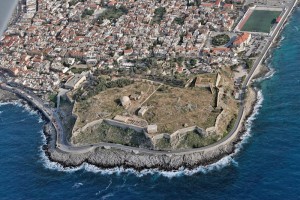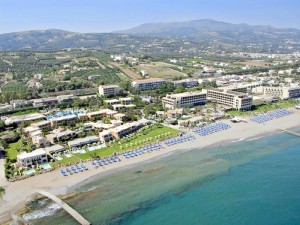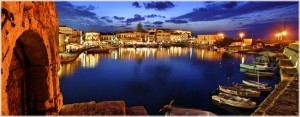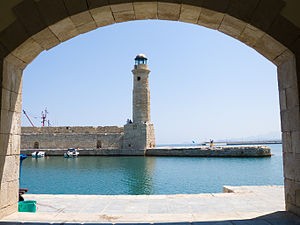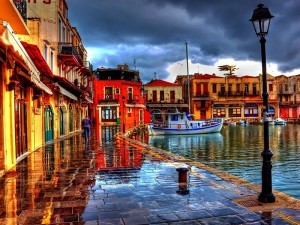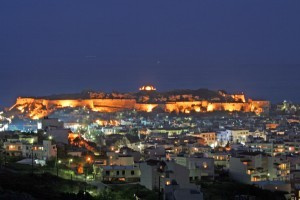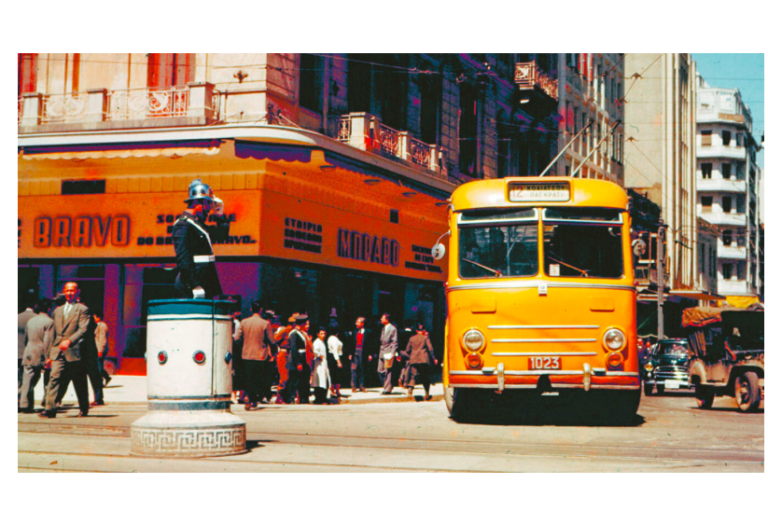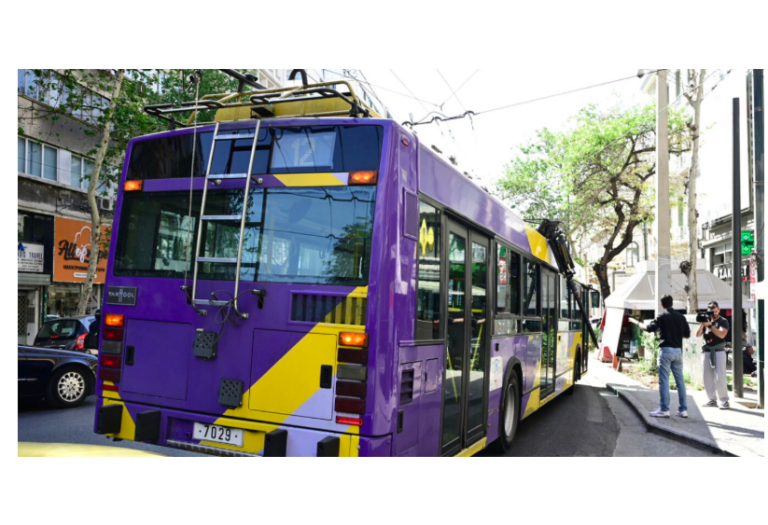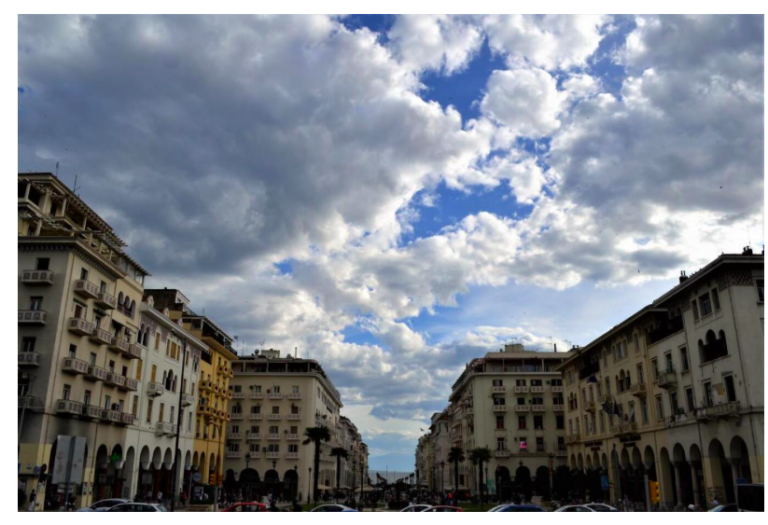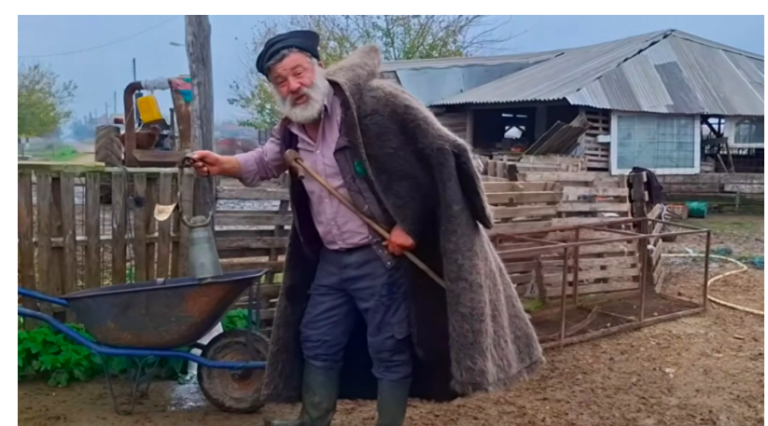Crete’s smallest prefecture located between White Mountains and Mt Psilorítis (also called “Ídi”), is synonymous with gorgeous mountainscapes, marvellous beaches, Cretan lyre melodies, tsikoudiá spirit served with “oftó”, legendary caves, historic monasteries and monuments, traditional mountain villages and luxurious holiday resorts. Feel the essence of Mythical Crete in this mountainous, remote and self-sufficient region of the island of Crete.
The city of Réthymno is one of the best preserved medieval towns in Greece: Venetian fortification works mingle harmonically with orthodox and catholic churches, mosques, grand mansions of Venetian architecture, arches and cobblestone streets they all create a wondrous atmosphere.
Réthymno’s outstanding natural wealth is reflected on Mt. Psiloritis, which dominates the eastern part of the region, the most mountainous part on the island. The variation of the landscape will impress the nature enthusiasts: flourishing valleys succeed harsh mountainscapes and rocky shores follow long sandy beaches. Steep gorges, leafy valleys, small rivers cutting through the mountains, wild life refuges and forty canyons complete the picture. Unique wonders of nature will take your breath away:
• Lagoon of Préveli: At the point where river Meyálos Potamós (“Big River”) flows into the sea and “Kourtaliotis” gorge ends lie the famous Préveli Lagoon and “Palm beach” (“Fínikas”), a sandy cove with a small date-palm grove. To get there you have to follow the road to the Monastery of Préveli. Shortly before the monastery a track on your left leads down to a parking place. From this point onwards walk down to the sandy beach, where a remarkable, almost tropical landscape awaits you. The river flowing into the sea combined with the rich vegetation creates a magnificent sight. Don’t miss it!
• The Nída Plateau is located 79km far from Réthymno, on Mount Psilorítis. Here, major attractions are “mitáta”, vaulted stone huts where the shepherds live. The Plateau provides also skiing facilities during wintertime.
• Argyroúpoli: 27km far from Réthymno you will find Argyroúpoli, a village built on the remnants of the ancient city of Láppas. Numerous springs, the cave and the chapel bearing the same name are all well worth a visit.
• Gorges of extraordinary beauty traverse the mountains of the region: the ravine of Kourtaliótis, 3km long, ends at the famous Lagoon of Préveli; the ravine of Kotsifoú starts from the village of Kánevos and ends near the village of Sellía; the gorge of Patsós, in the Amári district; the gorge of Prassés, which ends at the village of Plataniás at the north coast east of the town of Réthymno; finally, the gorge of Arkádi and a number of smaller ones.
• The mountains of the region are exceptionally rich in caves. The most famous caves are those of Geráni, Simonélli west of the town of Réthymno, Áyios Antónios in the district of Amári, Melidóni, Moúgri Sissón and Sfendóni near the village of Zonianá. The cave of Idéon Ándron, in which Zeus was raised according to mythology, represented an important place of worship in both the Minoan and the Roman periods.
Important archaeological finds indicate that the area have flourished from the Stone Age up until the Roman and Early Christian periods. Minoan and Geometric sites, cemeteries, Roman cities and Hellenistic relics have been discovered, most important of which are considered to be Eléftherna, an ancient settlement inhabited until the 8th century, as well as Arménon cemetery with more than 350 underground tombs. Ecclesiastic monuments like stone chapels on Mt Psiloritis, historical monasteries and early Christian Basilicas enrich your visit on the island. A monastery of great historic importance is the 15th century Arkádi Monastery overlooking the imposing gorge and Préveli. Set off on a journey back to time through your visit to traditional settlements like Ádele, Anóyia, Rústika, Garázo and Chromonastíri and feel their original Cretan atmosphere.
Here you can taste delicious local culinary delights, like goat cooked with tomatoes, hilopítes (home made pasta) and snails with vegetables –always accompanied with a shot of local tsikoudiá!
Visit Réthymno in the summer and bask on its sun soaked beaches. Magnificent sandy beaches await the beachgoers on the north coast (at the Cretan Sea) as well as on the south coast of the island (at the Libyan Sea). Some of them are:
• Réthymno Beach: Organised sandy beach more than 20 km long, stretching from Réthymno town across the east side of the area.
• Pánormos: This coastal village is situated 20 km east of Réthymno. It boasts an organised beach with many tavérnas and hotels.
• Bali: Nestling in the surrounding mountains of the Bali bay you will find the coastal village of Bali, 34 km east of Réthymno. Choose one of the small islets and enjoy sun bathing at organised beaches.
• Plakiás: The village of Plakiás is situated 40 km south of Réthymno. This resort boasts a superb sandy beach and a well-organised tourist infrastructure including water sport facilities.
• Ayía Galíni: situated 58km south of Réthymno, the resort offers a well-organised tourist infrastructure and crystal clear beaches hidden on the surrounding islets.
• Préveli beach: The beach of Préveli or “Palm Beach” (Fínikas) is situated at the southern coast of Crete, 40 km far from Réthymno. The palm-tree background and the small lagoon turn this smooth sandy beach into a truly unique exotic place!
Don’t forget to visit Réthymno during the summer months to attend two fascinating events only to be found here: the famous “Renaissance Festival” invites you to become protagonists, co-creators and co-travellers in an enchanting trip through time where music and theatrical expression prevail. Almost all performances take place at the “Erofili” theatre in Fortezza. The “Wine Festival”, on the other hand, welcomes wine producers, wine aficionados and culinary enthusiasts to a pan Cretan event of culture, gastronomy, wine tasting, entertainment and fun!
Ask me anything
Explore related questions

